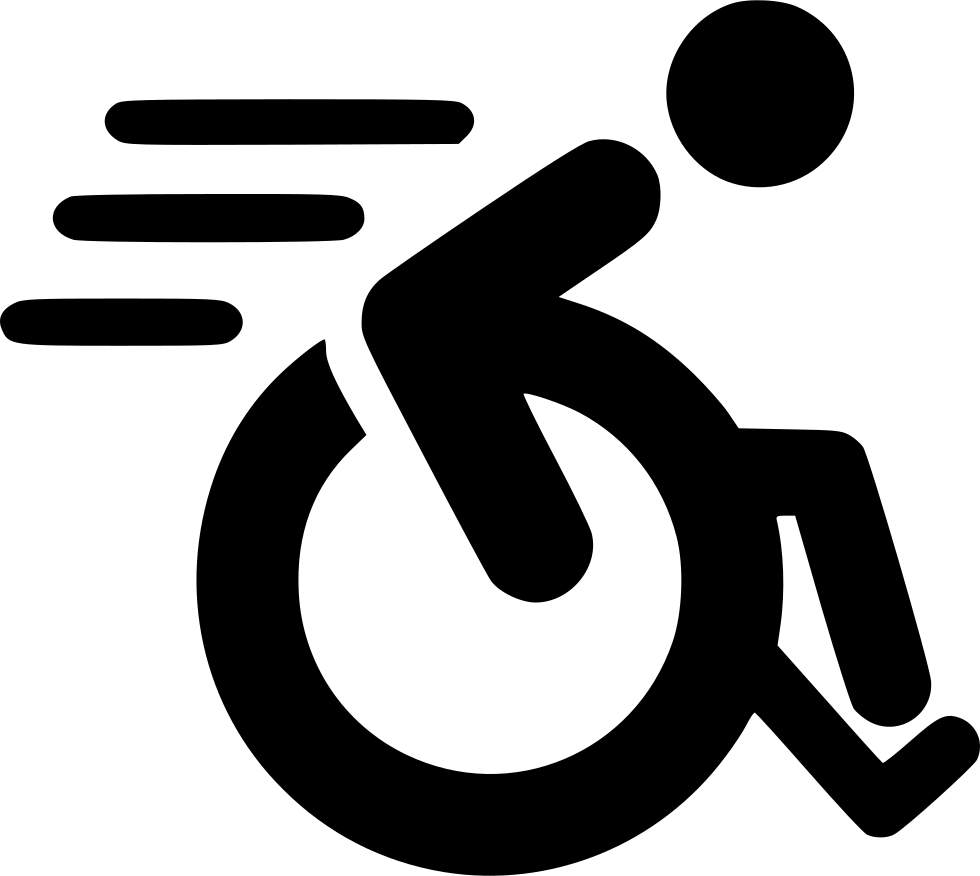Cat & Dog - Faeces and Urine Analyses
Faeces and urine analyses are relatively simple but important tests that are often carried out in-house (not sent away to specialist laboratories).
Faeces tests
 The most common tests carried out on stool samples are for the detection of endoparasites , these include roundworms, tapeworms and other microscopic parasites (e.g. coccidia or Giardia) which can in certain circumstances be responsible for recurrent diarrhoea particularly in young animals. The larvae of lungworms can also be detected. These worms are responsible for a chronic cough and lungworm infection in dogs which is increasing rapidly in the UK.
The most common tests carried out on stool samples are for the detection of endoparasites , these include roundworms, tapeworms and other microscopic parasites (e.g. coccidia or Giardia) which can in certain circumstances be responsible for recurrent diarrhoea particularly in young animals. The larvae of lungworms can also be detected. These worms are responsible for a chronic cough and lungworm infection in dogs which is increasing rapidly in the UK.
Microscopical examination of faeces will often indicate if the digestive process is normal, simply by the presence or absence of muscle fibres, starch, or fat in the faeces.
If abnormalities are detected further tests can then be carried out on the sample and, if necessary, a blood sample obtained which will often provide corroborative evidence.
Faecal occult blood refers to small quantities of blood passed in the faeces that cannot be detected by the naked eye. Blood can originate anywhere in the digestive tract from the mouth to the rectum. Over time tiny haemorrhage (bleeding) into the intestinal tract can lead to anaemia. The faecal occult blood test is a simple, non-invasive way to determine if there is any problem with bleeding into the bowel. This may be caused by infectious diseases, intestinal ulcers, foreign bodies, bowel inflammation and tumours, etc.
Urine analysis
This can assess the physical and chemical composition of urine. Abnormalities usually point to a disorder affecting the kidneys and urinary system, although other organs such as the liver can sometimes be involved.
Abnormal urine results may also indicate the presence of other problems, for example, Diabetes mellitus (sugar diabetes).
Urine is usually assessed for colour and turbidity (cloudiness), specific gravity (indicating concentration), pH (i.e. the acidity or alkalinity of the sample) and a microscopic examination which gives an indication of any abnormal cells or solid material invisible to the naked eye, which may be being passed.
How do I collect these samples?
If during the consultation we decide that either faeces or urine analysis is required, we will supply appropriate containers and give you instructions on how to collect the sample. If on the other hand you decide to bring a sample with you since you suspect there may be something wrong, it is important to observe very simple guidelines:
 Faeces: In the case of a faeces sample, use a clean polythene bag to pick up a freshly passed sample which is then sealed and brought to us as soon as possible.
Faeces: In the case of a faeces sample, use a clean polythene bag to pick up a freshly passed sample which is then sealed and brought to us as soon as possible. - Urine: It is important that the sample is collected in a clean container. Many people use jam jars or other preserve containers and often (despite careful cleaning) traces of sugar can remain in these which can affect the results.
If in doubt please consult us and we will supply the appropriate containers.
Please contact us if you require any further information.
Used and/or modified with permission under license. ©Lifelearn, The Penguin House, Castle Riggs, Dunfermline FY11 8SG

